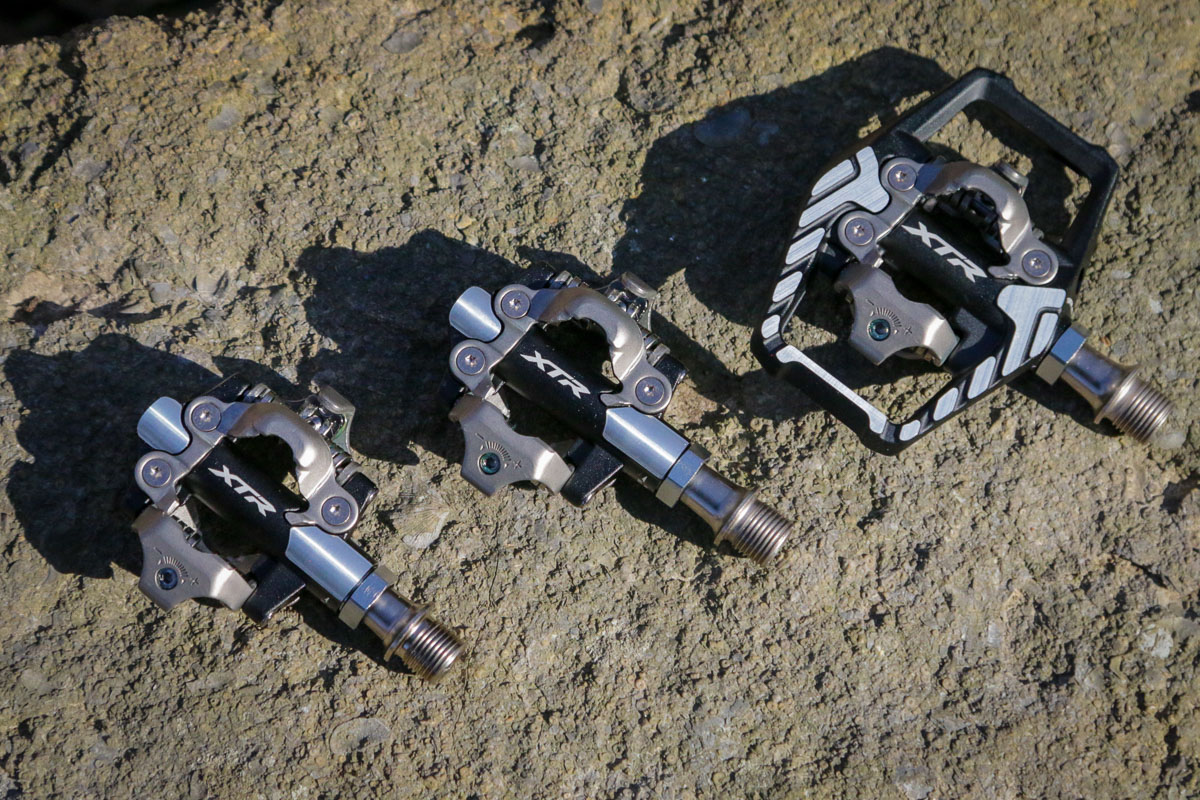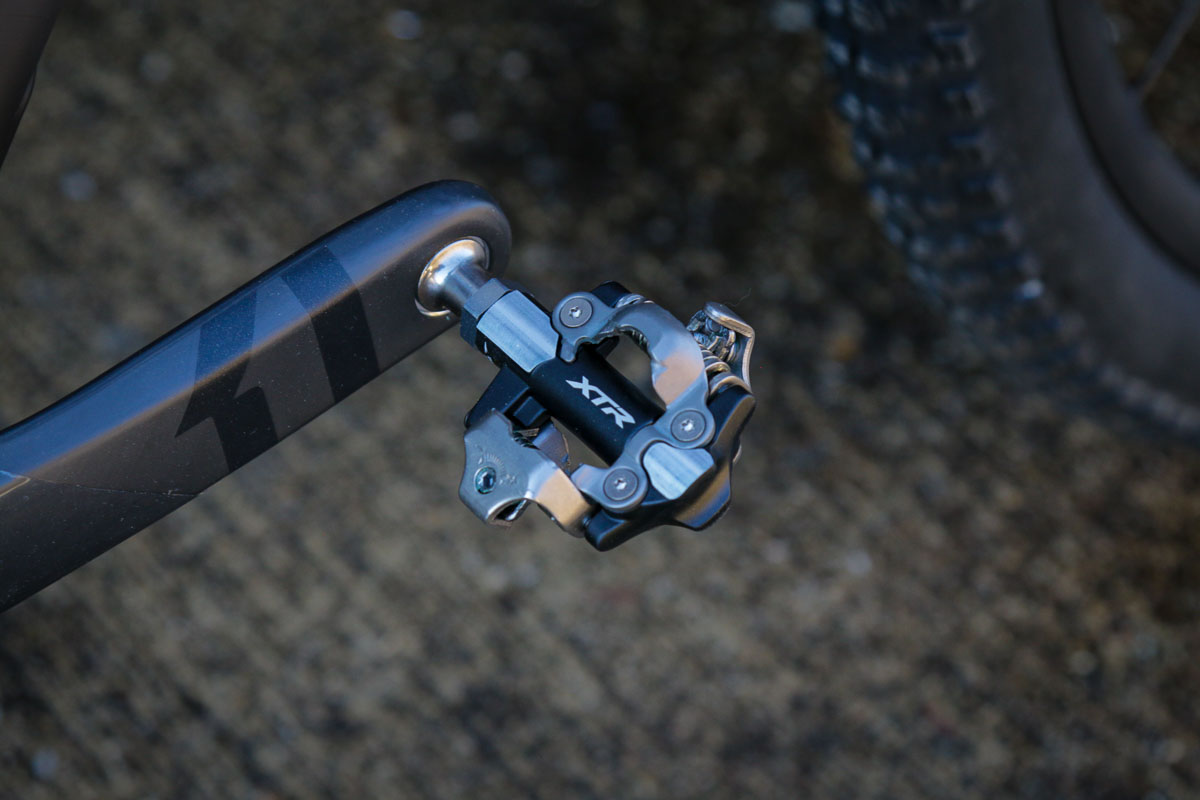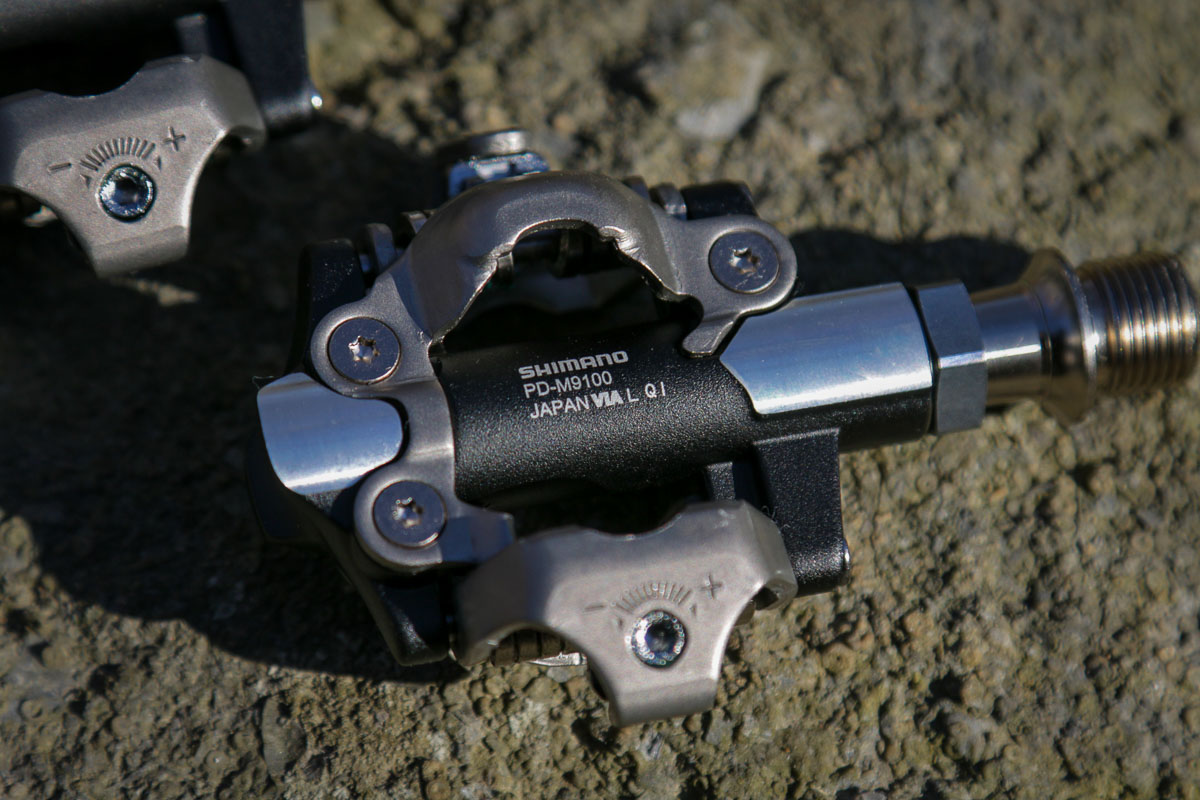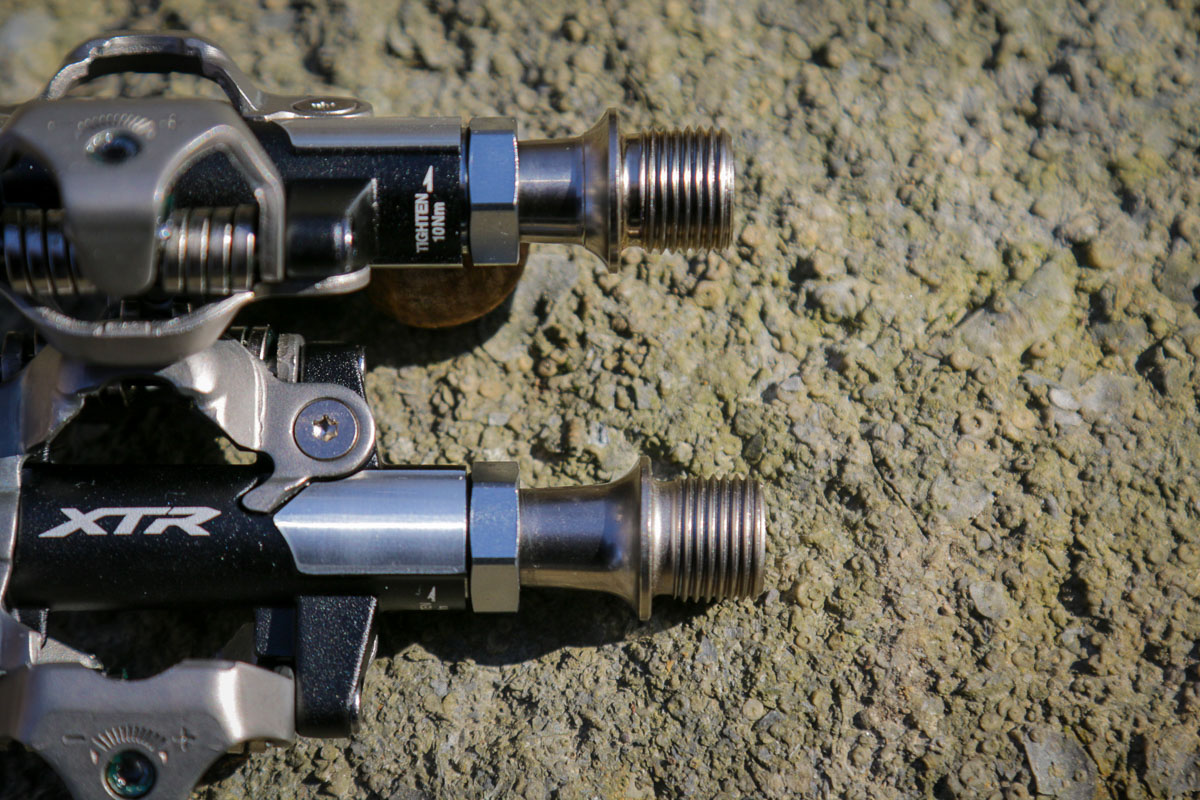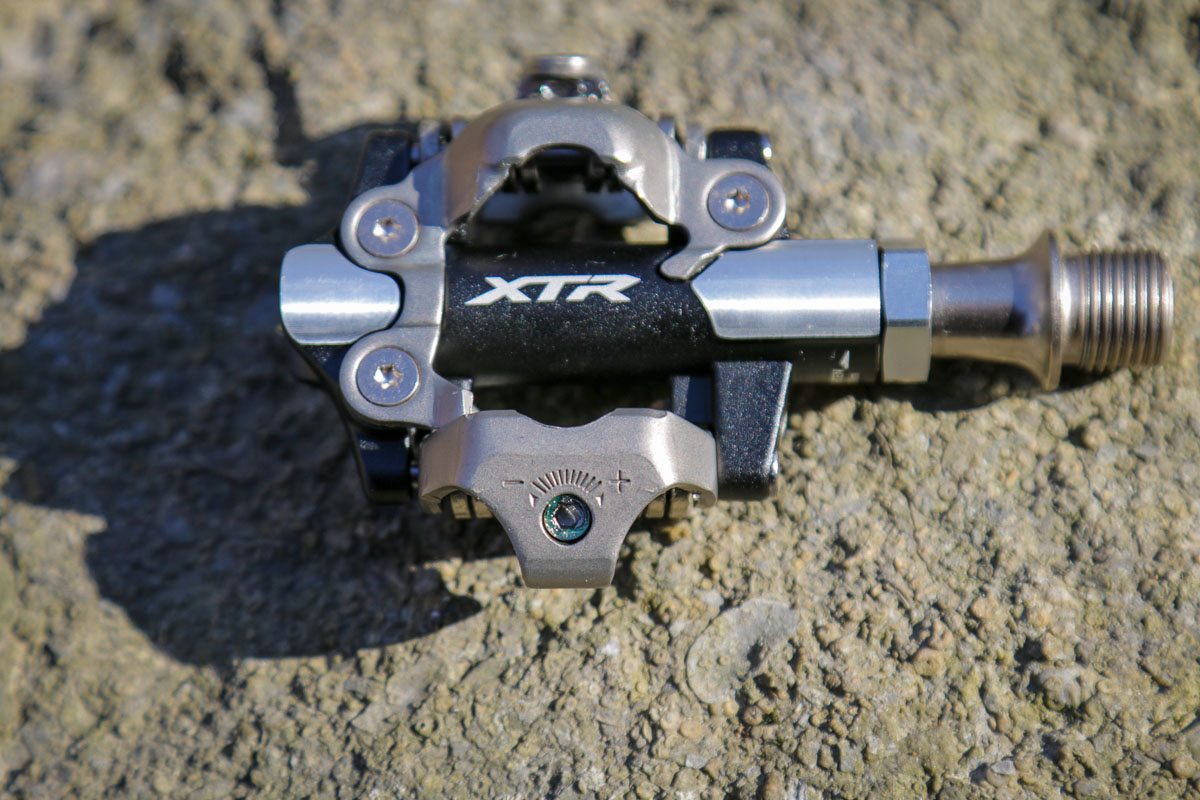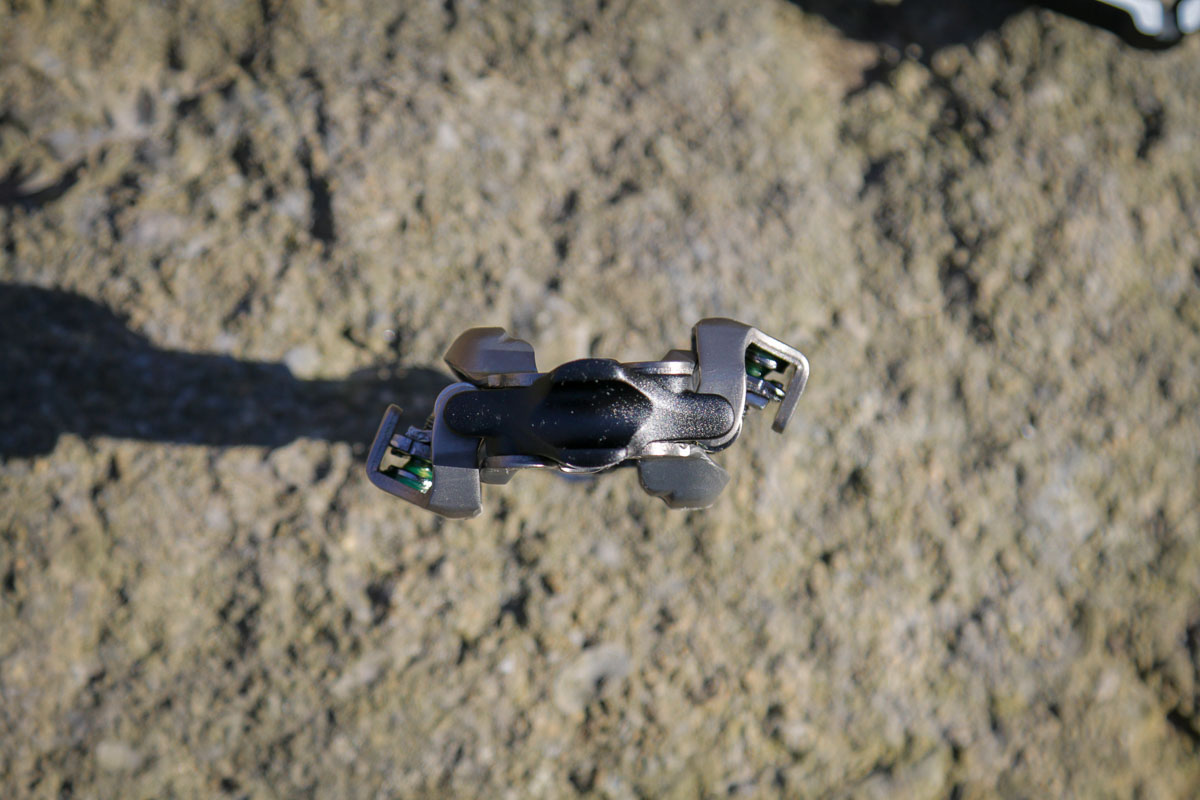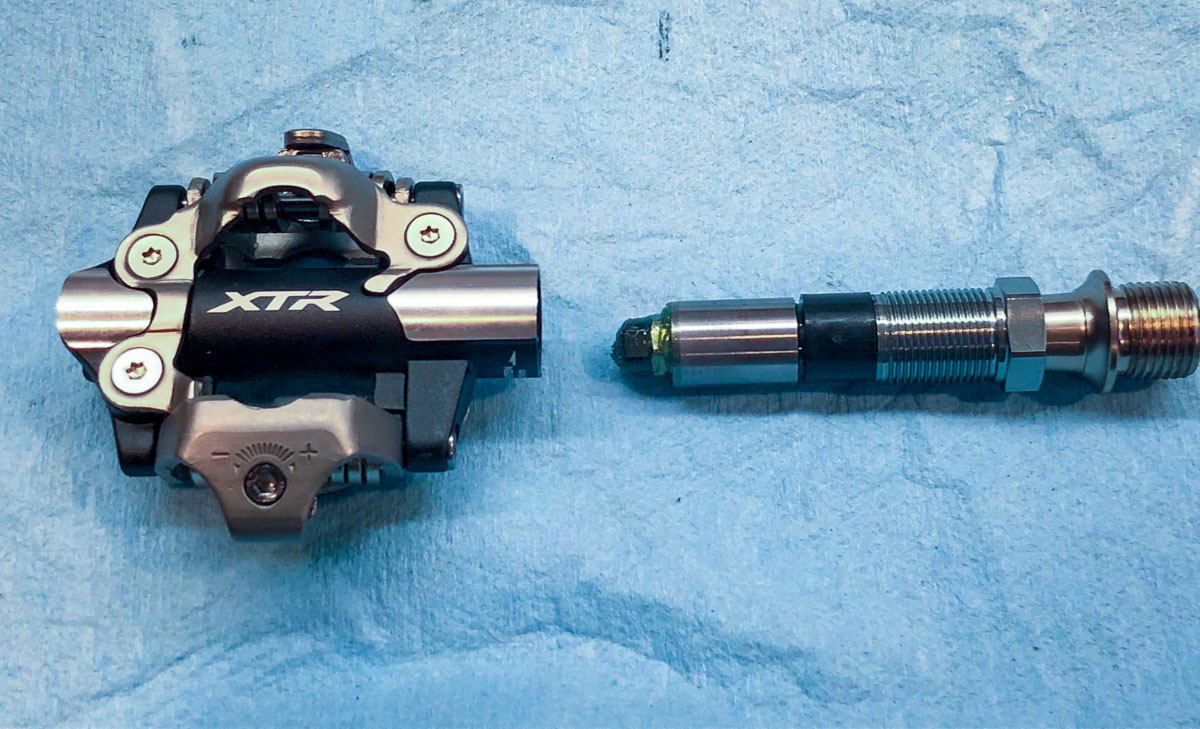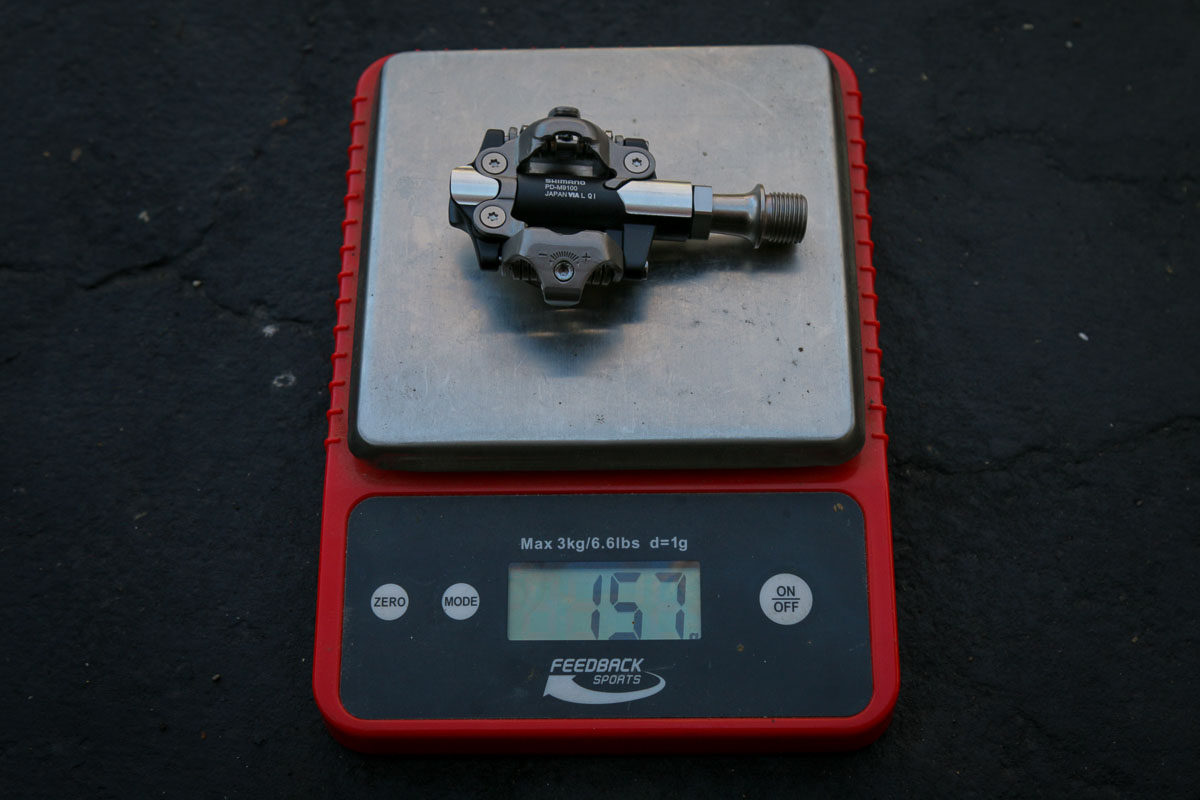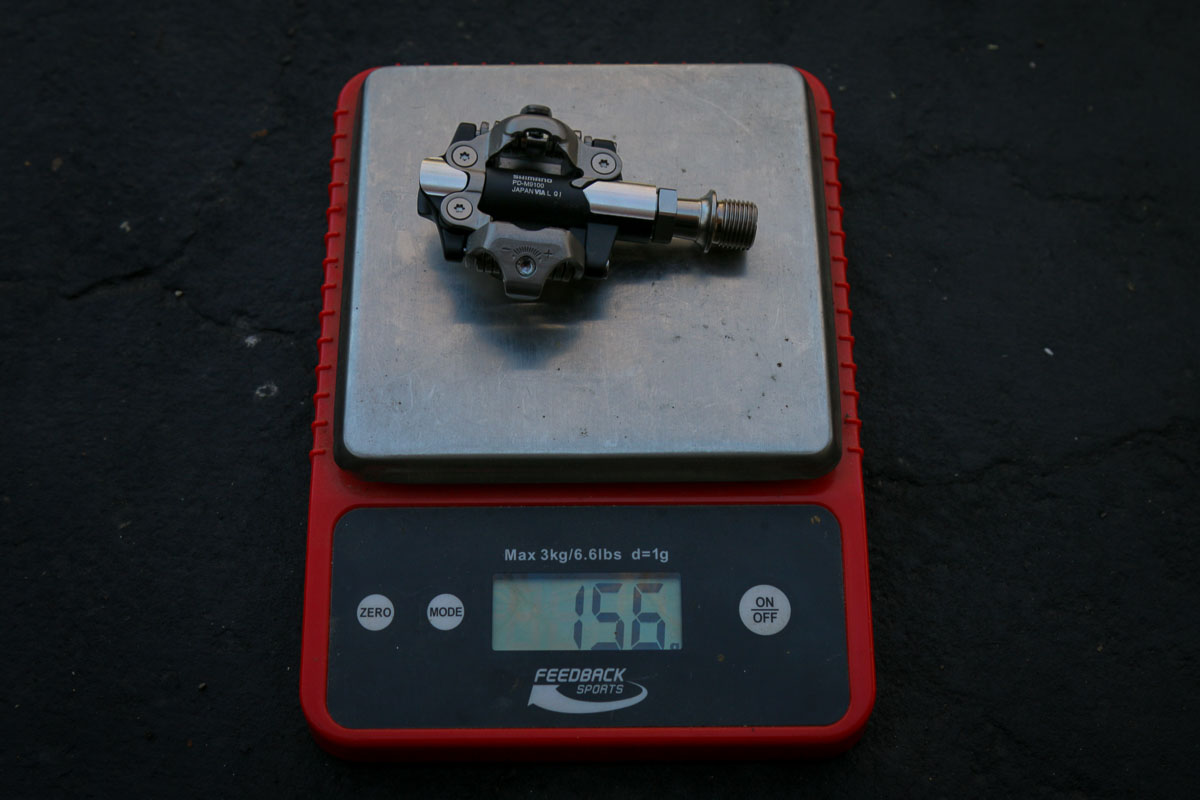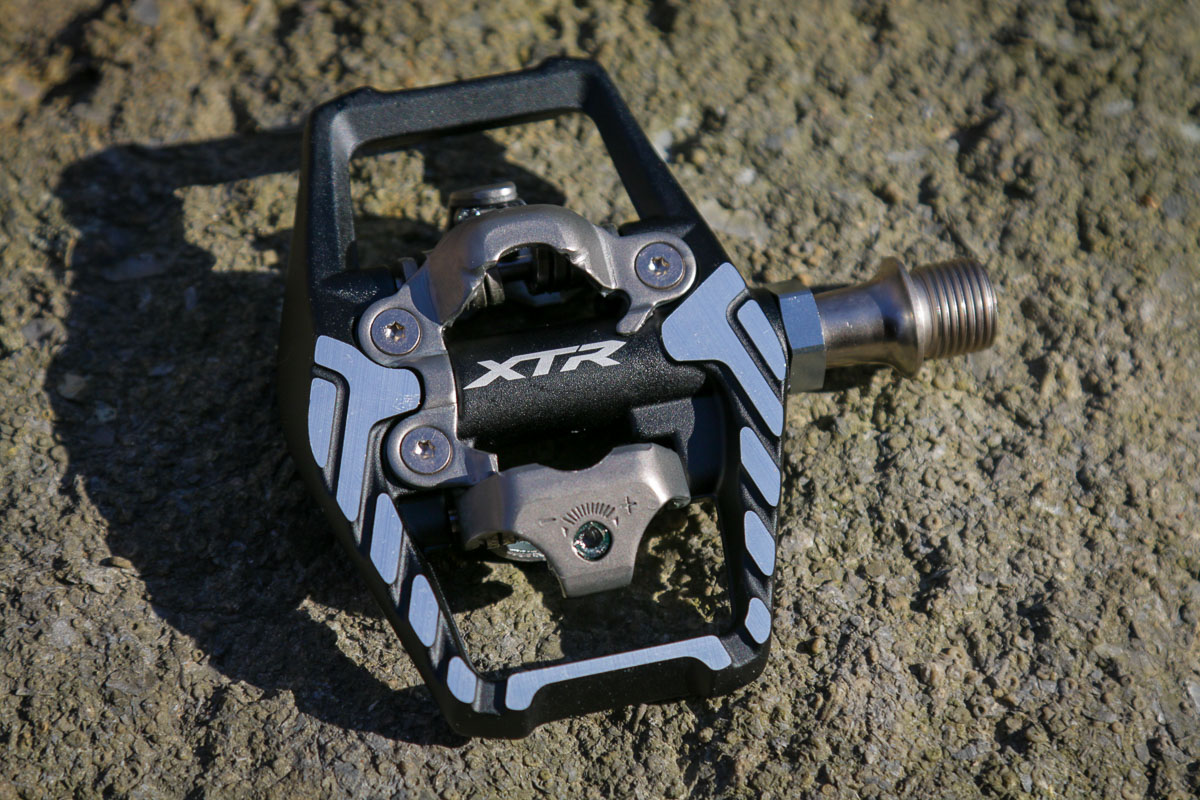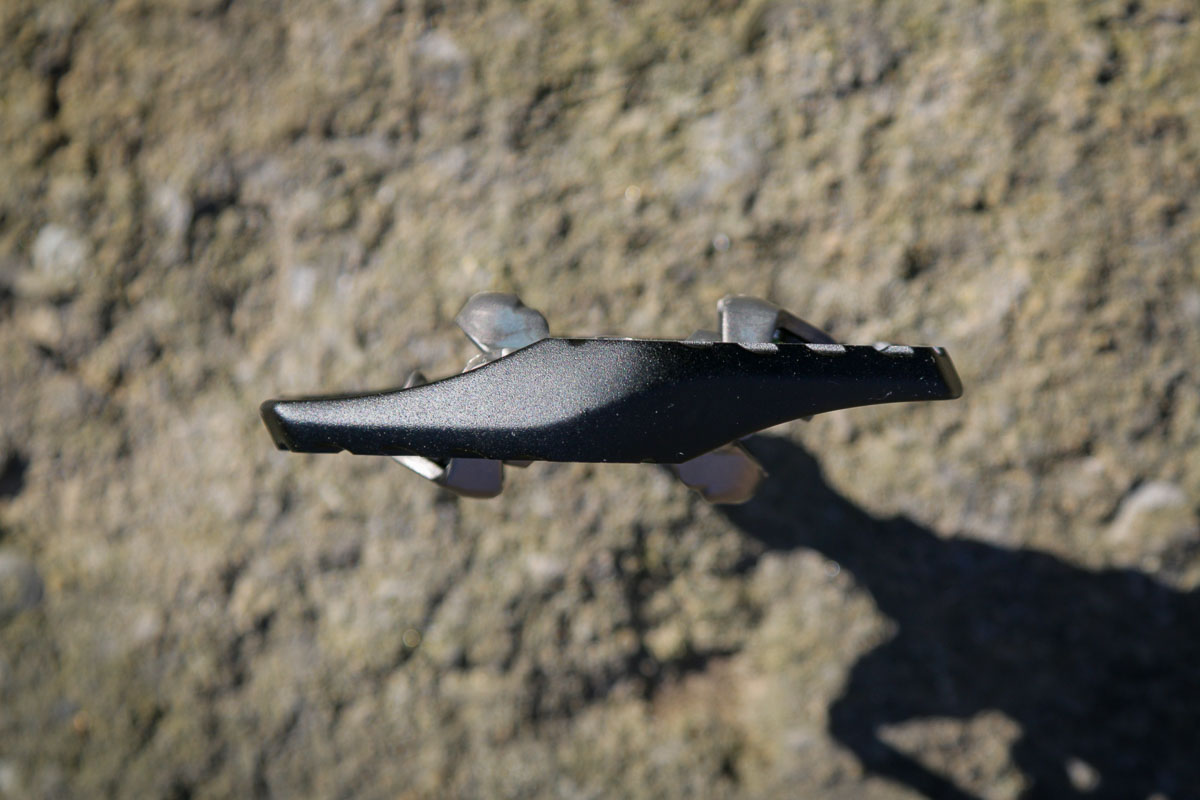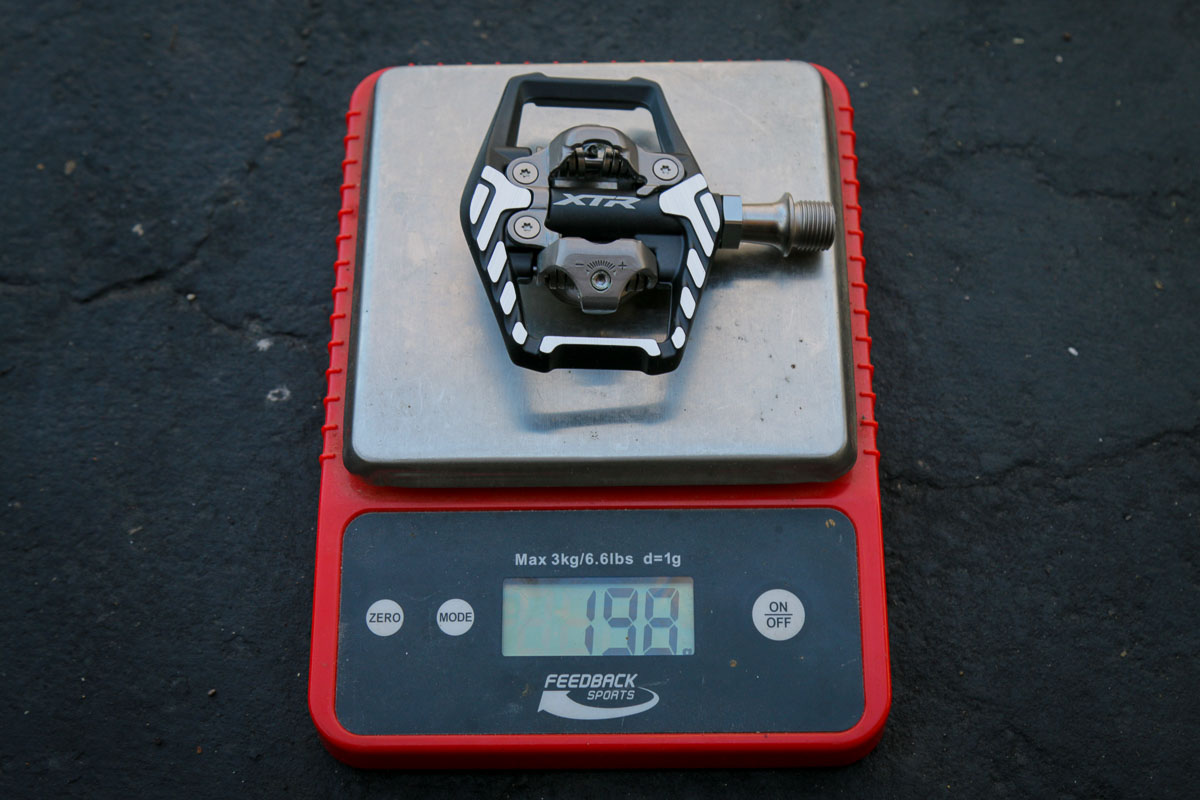We may still be waiting for the release of the full XTR 9100 groupset from Shimano, but the first bit of kit is ready for purchase. We’re talking about the new XTR clipless pedals, which come in three flavors for the 9100 series. Well, technically two main versions with an additional option for one, but you get the point.
A perennial favorite among many riders and racers, Shimano’s XTR clipless pedals may just be the benchmark of durability and performance. Sure, there are lighter pedals out there, but few will stand the test of time quite like the many generations of Shimano pedals we’ve used in the past. Now, with the 9100 series, those favorites have gained a few tweaks to make them even better.
When it comes to the PD-M9100 XC pedal, there are two options to choose from. Both use the same PD-M9100 part number, but one has a 3mm shorter spindle to shrink the pedal center from 55mm to 52mm. This could make it the perfect option for gravel bikes or any other bike where having the narrowest q-factor is a concern.
Compared to the M9000 pedals, the 9100 has a new rounded contact area that also extends all the way to the lock nut on by the spindle. Shimano claims this rounded contact surface will help with mud shedding, making it easier to step in and out. The result is a wider contact area, but without quite as much surface area since your shoe will likely only contact the pedal at the highest point of the curved contact area. But if it means better mud shedding and easier use, it should be an improvement.
Like other SPD pedals, the 9100s offer adjustable spring tension with a 2.5mm hex wrench, and are dual sided.
Inside, you’ll find an adjustable and serviceable bearing on the outer portion of the spindle, and a bushing inboard.
Between the two spindle options for the PD-M9100, there is only a 1g difference per pedal, and each have the same retail price of $179.99.
If having a bigger platform is more of your thing, the new PD-M9120 is definitely worth a look. The XC pedals’ bigger trail/Enduro sibling, the 9120 uses the same SPD mechanism with adjustable tension and bearing/bushing internals.
The difference obviously comes in the form of the now larger outer cage. The wider and longer contact area has been revised to better work with Shimano’s ME and AM shoe series, though it should be just as good with any other shoe you’d like to run – provided they have similar tread height. If not, Shimano now includes 1mm cleat spacers with each pedal set which should be handy if your cleat is too far recessed into the tread, making it difficult to clip in and out.
Compared to the M9020, the M9120 has a drastically revised platform shape which now extends the contact area past the center of the pedal. Now the forward parts of the cage should act as more than just a guide for clipping in and out, and actually offer additional support, provided it makes contact with your shoe. Additionally, the contact areas have channeling built-in to guide mud and debris away to address the mud shedding issue like the M9100, but in a different way that’s more in line with the use of the pedal.
At 198g per pedal, you’re paying almost an 82g penalty for the additional platform. But now that the Trail pedal gives you substantially more contact surface, it should be an easy choice based on your intended use of the pedals.
Like the M9100, the M9120 retails for $179.99 per set and according to Shimano is available now in the U.S. As for the rest of the group, Shimano is still calling for a March arrival for the first wave of XTR product here in the states, though the rumor is that it will not include all of the parts shown at the initial launch.
